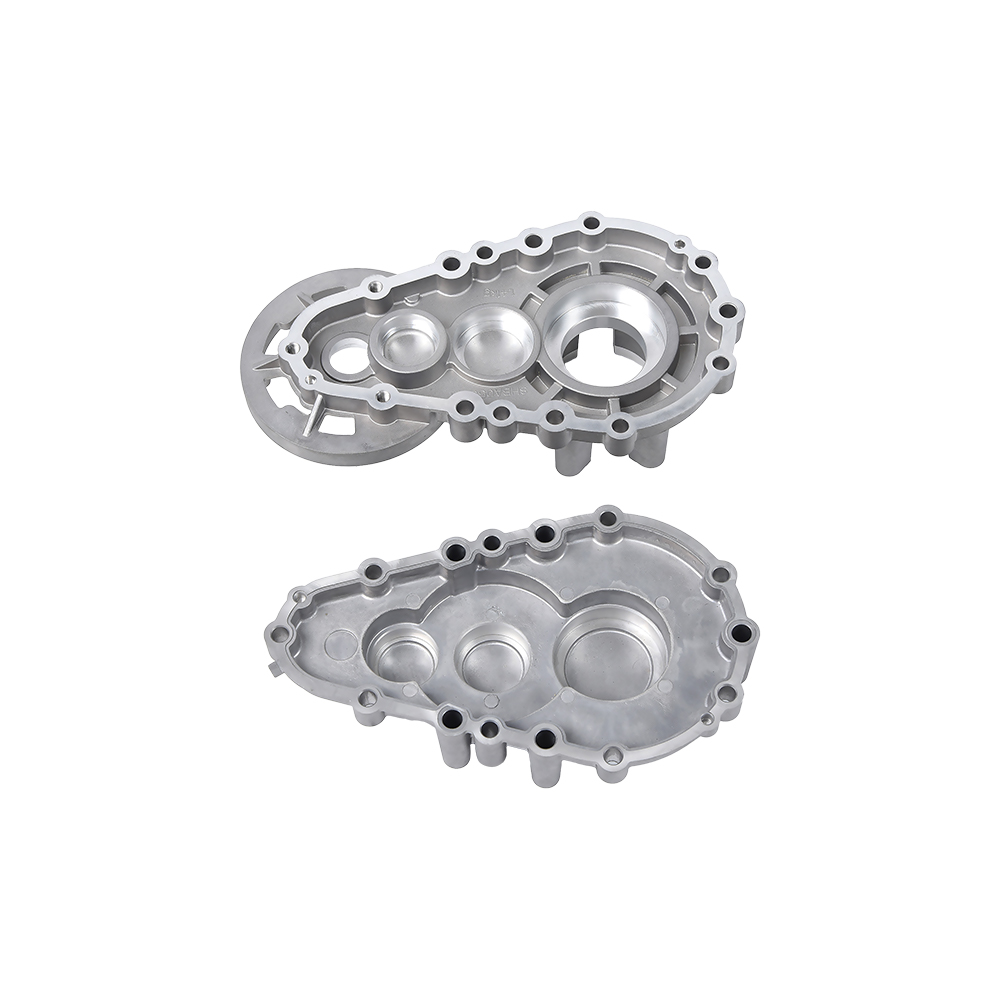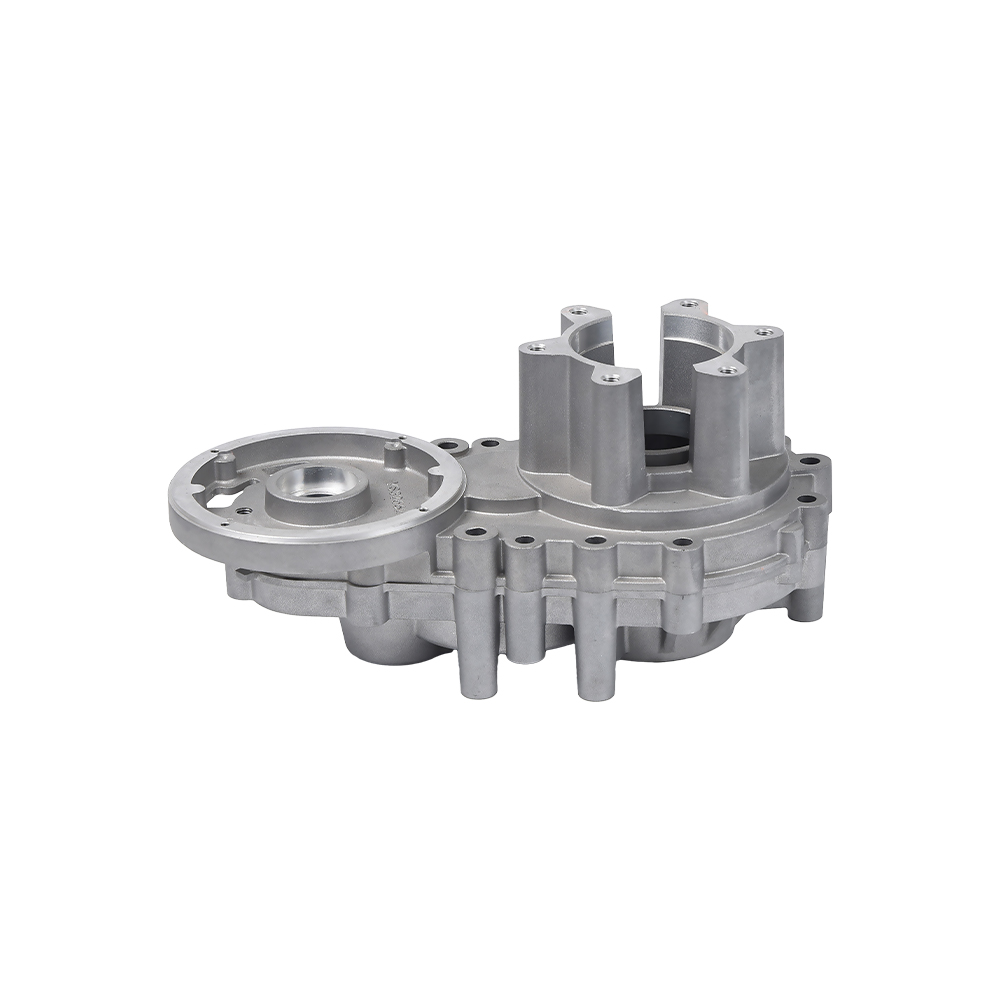The parts produced by aluminum die-casting usually do not require too much mechanical processing. Aluminum die casting is a highly efficient, low cutting metal forming precision casting method, which has the advantages of short process flow, simple and concentrated procedures, excellent casting quality, high precision, and good surface smoothness. This means that after aluminum die-casting is directly formed in the mold, its dimensional accuracy and surface smoothness are already quite high, approaching the requirements of the final product.
Specifically, when aluminum die-casting is formed in a mold, the size and shape of the parts can be precisely controlled, and due to the liquid aluminum metal filling the mold under high pressure, the surface of the parts is usually very smooth and does not require excessive mechanical processing for correction. Of course, for some parts with special requirements such as higher dimensional accuracy, more complex shapes, or specific surface characteristics, some mechanical processing or post-treatment processes may also be required, such as trimming, machining, impregnation, polishing, rolling, and surface treatment. But these processing volumes are usually relatively small and do not significantly increase production costs and cycles.
In addition, the material utilization rate of aluminum die-casting parts is relatively high because the die-casting process can effectively reduce material waste. Compared with some traditional mechanical processing methods, the production process of aluminum die-casting parts is more environmentally friendly and economical.

 English
English русский
русский Español
Español










